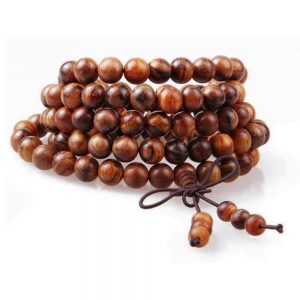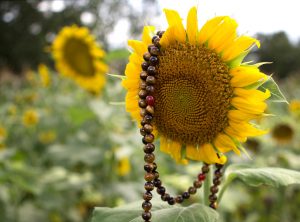When you think about the holidays, what comes to mind?
For many people, thoughts of spending time with family and friends come to mind. However, for others, the thought of giving back to those in need is just as important. In fact, many people believe that giving back to charity is one of the most important things you can do during the holiday season. So, if you’re looking for a way to give back this year, consider donating to a charity. There are many great charities out there that could use your help. Take some time to research them and see which one is right for you. And don’t forget, the holiday season isn’t just about giving gifts. It’s also about giving back to those who are less fortunate, have fallen on hard times or just need a little bit of help.
If there isn’t a charity that attracts you, what about your community? There are many ways to give back to your community. and one of the most popular is through charitable giving. Whether you donate your time or money, there are countless organizations out there that could use your help. While deciding which charity to support can be difficult, we find it best to look within. Let your soul speak to you and find a worthwhile project or cause you can help with.
Forbes publishes a list of the 100 largest charities. This can be viewed here. Size doesn’t matter in our book as it is more about the cause. Chopa donates throughout the year to several organizations. One might be a group that beautifies and plants trees and gardens in blighted areas. Another might be one that helps seniors in need. In the past we have donated to charities that support Earth Day causes, animal welfare and compassion, feeding homeless or even purchasing and supplying books and reading materials to groups that can benefit through education.
A regular donation is made each quarter to the Florida Education Trust Fund which focuses on technology for schools throughout the state. Staff volunteer one day each quarter to a project in their local communities. Projects have included building vegetable gardens, replacing and repairing fences, animal adoption causes and a variety of other worthy projects over the years.
One cause that is near to our heart is donating to a non-profit that offers a vast knowledge of information free to the public, 365 days a year, 24 hours a day. This entity is called Wikipedia. Wikipedia was founded 20 years ago and as they say, “It helps millions of people study, discover, explore, and research.” We couldn’t agree more. This amazing collection of facts and research offers quick answers to anyone at anytime. Their mission: Each day, Wikipedia gives readers a new chance to acquire the knowledge that is so rightfully theirs, no matter what their circumstances might be. Donations give the non-profit the means to stay true to its mission, even as Wikipedia has become one of the most visited websites in the world.
Chopa doesn’t normally specify a particular charity or organization, because giving is from the heart. The cause must speak to you. The only reason we mention Wikipedia is due to our passion for learning and allowing anyone else to access their huge database of information. No matter what group you choose or charity to support, if you have the means, consider this season a time to embrace helping someone. Happy Holidays everybody.









